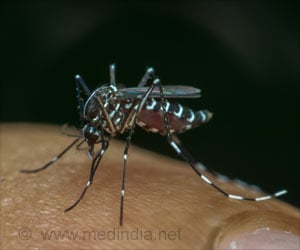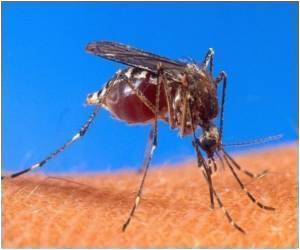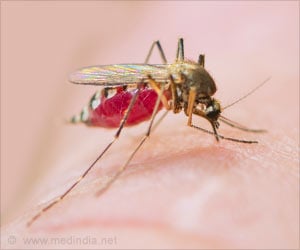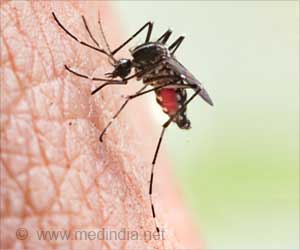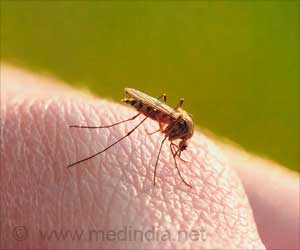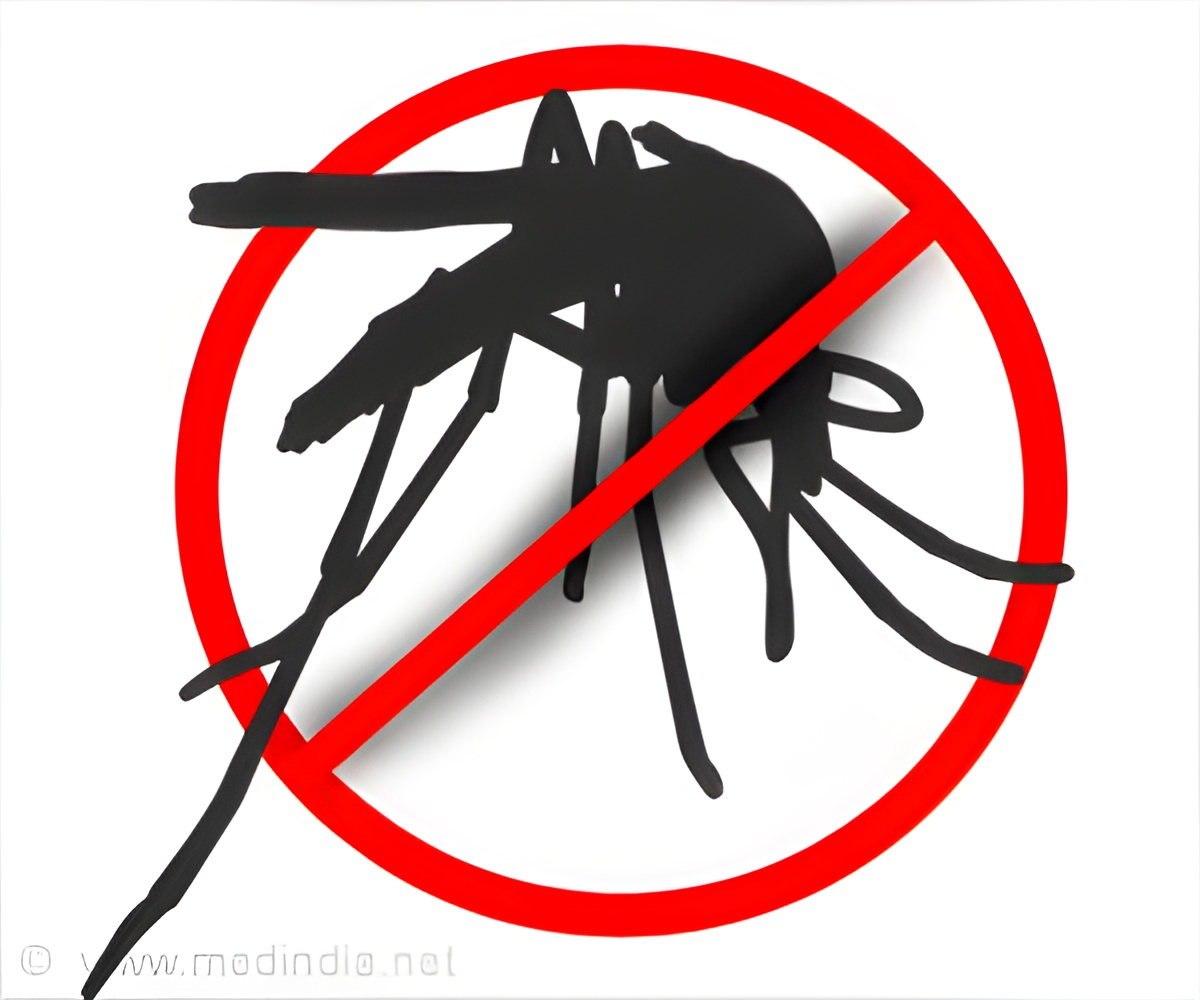
‘Triclosan inhibits the enzyme DHFR, an essential target for the erythrocytic stage of the malarial parasite.’
Tweet it Now
In the article, the authors note that triclosan has been used for 40 years and is considered safe by health authorities. The fact that the substance combats even parasites resistant to the drugs currently used to treat malaria, as the study showed, makes it "an exciting candidate for further development as a dual specificity antimalarial , which could target both the liver and blood stages of the parasite"."The compound itself could be a therapeutic option, but I believe it would be more worthwhile to develop analogous molecules with minor structural alterations that could make it even more effective against the parasite," said Elizabeth Bilsland, a professor in the Structural & Functional Biology Department of UNICAMP's Biology Institute and co-principal investigator for the project.
Caused by protozoans of the genus Plasmodium, malaria kills over half a million people per year worldwide, the vast majority in Africa. Approximately 90% of fatal cases are attributed to infection by P. falciparum. In Brazil, 85% of all malaria cases are caused by P. vivax, which induces milder symptoms but can remain dormant in the liver for years, triggering fresh bouts of malaria and hindering eradication of the disease by lengthening the time during which the infected host remains contagious.
Tafenoquine and primaquine are the main drugs currently used to treat the hepatic stage of P. vivax malaria, in association with other medications that attack the parasite in the erythrocytic stage.
However, approximately 10% of those infected have a mutation in the gene that encodes the enzyme G6PD and suffer severe side effects during treatment with tafenoquine or primaquine. In the worst cases, hemolysis (destruction of red blood cells) may occur, and this can be fatal.
Advertisement
Action mechanism
According to research reported in the scientific literature for 2001, triclosan inhibits the action in Plasmodium of an enzyme called FAS-II. The substance was also shown to have cured mice with malaria.
Advertisement
"Actually, FAS-II is only important to the parasite's survival in the hepatic stage. Now, we've shown through experiments using yeast that triclosan also inhibits the enzyme DHFR, an essential target for the erythrocytic stage of the parasite," she said.
The discovery of triclosan's second action mechanism by the groups at UNICAMP, Manchester and Cambridge happened almost by chance while they were conducting a large-scale screening of compounds approved for human use by the United States Food & Drug Administration (FDA), in search of drugs that could inhibit the enzyme DHFR in Plasmodium.
"We've developed a method whereby we replace yeast genes with human genes or with target genes in parasites that cause diseases like malaria, Chagas and schistosomiasis. We label our strains with different colored fluorescent proteins, so we know red is yeast with a human gene, for example, while blue stands for a Plasmodium gene, green for a Trypanosoma gene, and yellow for a Schistosoma gene," Bilsland said.
The method enables the scientists to grow different strains of modified yeast in single wells of microtiter trays with hundreds of wells and treat them simultaneously with thousands of drugs, she added, thanks to a "robot scientist" called Eve developed by Professor Ross King at the University of Manchester.
"We observed cases in which the yeast with a Plasmodium gene died and the one with a human gene survived, and in this way, we screened compounds with specific antiparasitic action. Triclosan gave the best results, with both normal and drug-resistant DHFR," Bilsland explained.
Several biochemical assays, computer simulations and experiments with yeast were performed to validate triclosan's action against DHFR. The results showed that the substance was effective even against parasites resistant to pyrimethamine, a recognized DHFR inhibitor used in malaria prevention and treatment.
"We also showed that triclosan has 20 times greater affinity for the parasite's enzyme than for the human equivalent, a key feature in a candidate drug," Bilsland said.
The Synthetic Biology Laboratory where tests were performed to optimize triclosan as an antimalarial was set up at UNICAMP with support from FAPESP's Young Investigator Awards program.
Humanized yeast
One of the advantages of using modified yeast as an experimental model is that it avoids the need to grow parasites in vitro, which, according to Bilsland, is virtually impossible in the case of P. vivax.
"It doesn't grow under laboratory conditions, so you have to take blood samples from infected patients and do the assays in situ [in the Amazon for Brazilian research]. You have at most one or two days for that," she said.
The same method has been used to look for new compounds capable of inhibiting the expression of important genes in parasites such as Trypanosoma cruzi (Chagas disease), T. brucei (sleeping sickness) and Brugia malayi (elephantiasis), as well as bacteria such as Staphylococcus aureus.
Another research line pursued by the UNICAMP group consists of trying to modify the characteristics of yeast plasma membranes so they more closely resemble human cell membranes. "The idea in this case is to investigate how drugs enter and exit the human central nervous system," Bilsland said. "This knowledge is important for the development of drugs to treat neurodegenerative diseases as well as the cerebral stage of malaria or sleeping sickness, which is the most lethal."
Source-Eurekalert



